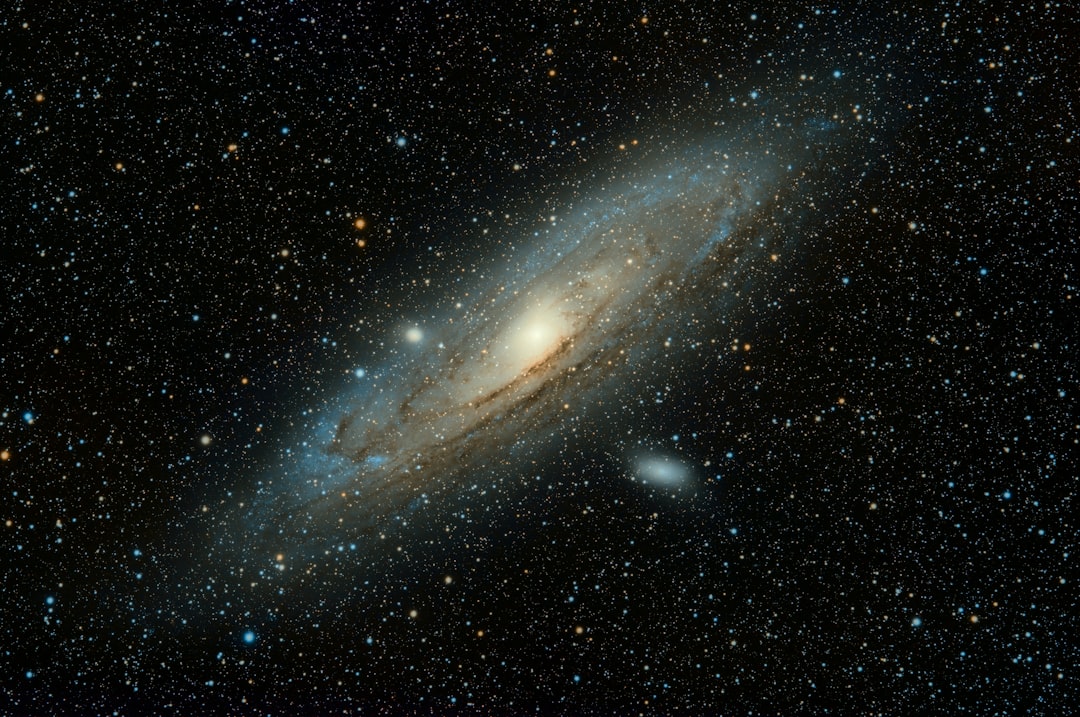What is it about?
The interplanetary space and solar atmosphere are in plasma state. This plasma is often turbulent. Different from the common turbulence in fluids like air or water, plasma turbulence is much less understood. This has to do with the complex electromagnetic interactions between the particles that compose the plasma: electrons and ions. Here we analyze some properties of this space plasma turbulence at small scales, where the energy dissipation occurs. This is done with a newly developed simulation model that is capable to assess some effects associated to the electrons.
Featured Image

Photo by Pawel Czerwinski on Unsplash
Why is it important?
Our results indicate that some electron effects are very important to more accurately describe a certain type of structure in space plasma turbulence. They are magnetic field structures that can store and release magnetic energy. In contrast to the expectations, we found that electrons play an important role already at length scales larger than the typical length scales associated to electrons in the dissipation range of turbulence.
Perspectives
This article suggests that approximations that are often used in numerical models of space plasma turbulence, for the sake of computationally more affordable simulations, might lead to inaccurate results. In particular, a proper modeling of electrons needs to be considered for an accurate description of the dissipation range of turbulence and magnetic field structures that are associated with it. This means that computationally more expensive or sophisticated simulations models are needed to improve our understanding of those processes.
Patricio Muñoz
Max Planck Institute for Solar System Research
Read the Original
This page is a summary of: Electron inertia effects in 3D hybrid-kinetic collisionless plasma turbulence, Physics of Plasmas, September 2023, American Institute of Physics,
DOI: 10.1063/5.0148818.
You can read the full text:
Contributors
The following have contributed to this page










